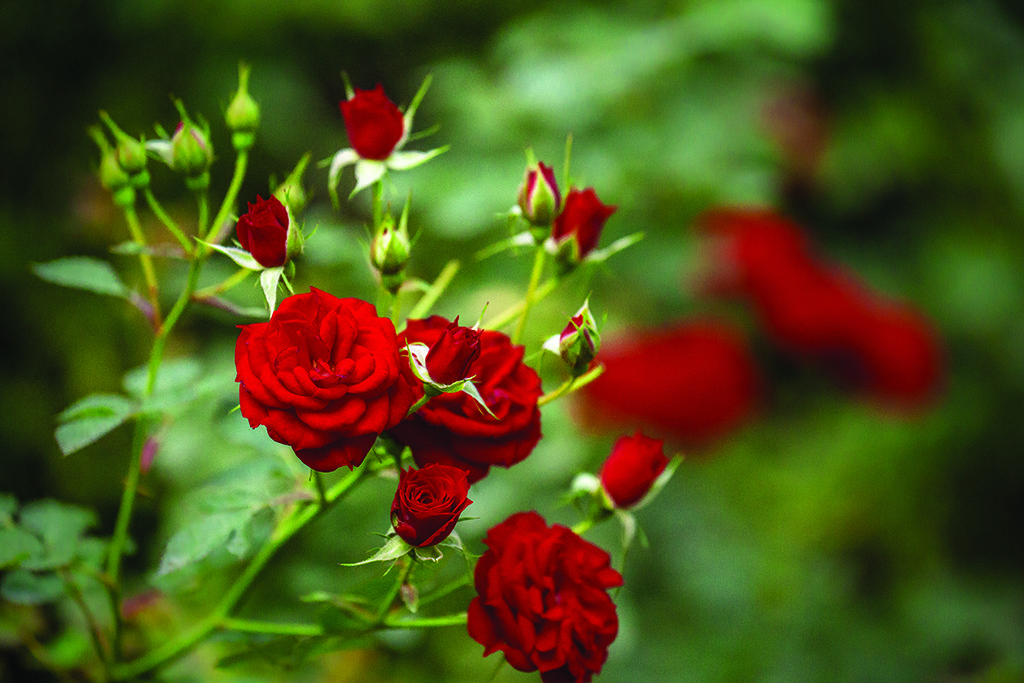
Spray roses had a chance to shine because their single stem counterparts have, at times, been in short supply. In the most recent issue of Floral Management several florists, growers and other industry experts shared the biggest trends they see for 2022.
Floral style preferences vary geographically and demographically; still, there are several universal trends in the industry that have come to be in part because of the pandemic. In the latest issue of Floral Management, contributing writer Victoria Abbott Riccardi spoke with a handful of florists, growers, and other industry experts about the biggest trends they’ve seen — and which ones they expect to stick around.
Here are a few trends to look for in 2022:
- Demand for floral gifts will remain strong — as will supply challenges. The Society of American Florists’ member surveys have revealed an uptick in sales since the summer of 2020. (Check your inbox to take SAF’s latest survey about December sales.) In the age of social distancing and contact-less delivery, flowers have become an increasingly popular gift. “In the last two years, we’ve tripled our business and not just for sympathy work, but everyday work,” says SAF board member Stacie Lee Banks, AAF, president and co-owner of Lee’s Flower and Card Shop in Washington, D.C. “You’ll find this industry-wide — people are sending a lot more flowers because it was the contact-less way to send your love.”Further fueling the increased demand is a dizzying number of weddings, including many that were postponed from 2020.Of course, with more and more people wanting flowers, procuring them (as well as vases and other hard goods) continues to be a struggle, a problem that is expected to continue. (Join SAF on Jan. 18 for Idea Exchange, a virtual, industry-wide discussion about the supply chain challenges).
- People are gravitating to “feel good” colors. This runs the gamut from bright, perky hues to tranquil, neutral tones. At Tillie’s Flower Shop in Wichita, Kansas, SAF board member Jennifer Barnard has found a bold, cheerful arrangement of red roses and sunflowers to be a customer favorite, as well as beiges and dried flowers. “People are just gravitating to that natural Joanna Gaines, Magnolia style, which brings a sense of peace,” she says.
- For weddings, the power dynamic is shifting. For years, brides have arrived at wedding consultations with detailed Pinterest boards and very specific shopping lists. While plenty still request ‘Quicksand’ by name, brides have learned to be more lenient and leave their look to their florist’s judgment. Florists, too, have had to give growers and wholesalers more control, given so many flower shortages. Spray roses, for instance, have had a chance to shine while their single stem counterparts have been in short supply.
- Consumers have opened their eyes to flowers as a form of self-care. The mindset that flowers are just for special occasions is fading away. Florists and growers around the country have reported increased interest in customers placing regular, non-occasion orders. “Subscriptions have taken off for us,” says Elyse Gaynor, owner of Bella’s Floral Design in Lynnfield, Massachusetts. “There are far more home offices and want to have something pretty to look at.”
To learn about more this year’s trends, read “Trend Setters” in the January/February issue of Floral Management.
Katie Vincent is the senior contributing editor for the Society of American Florists.

